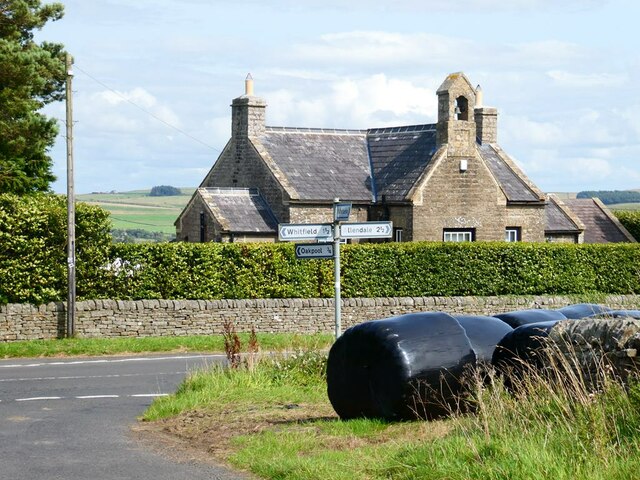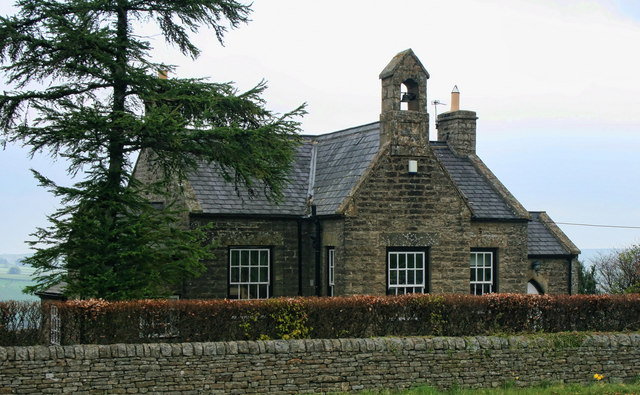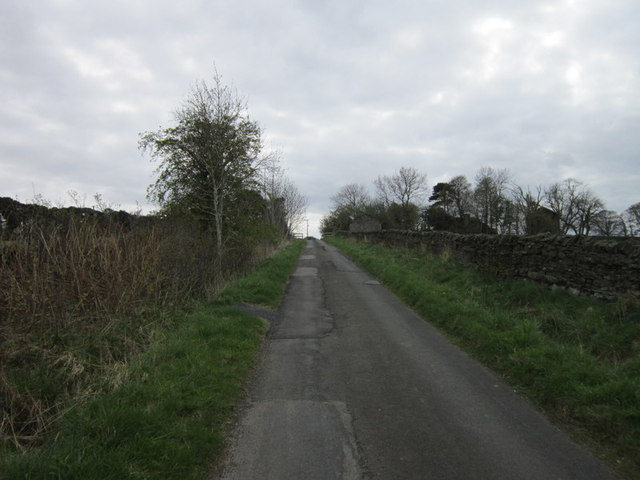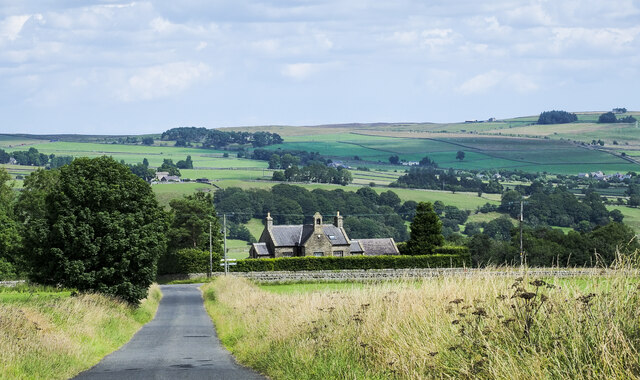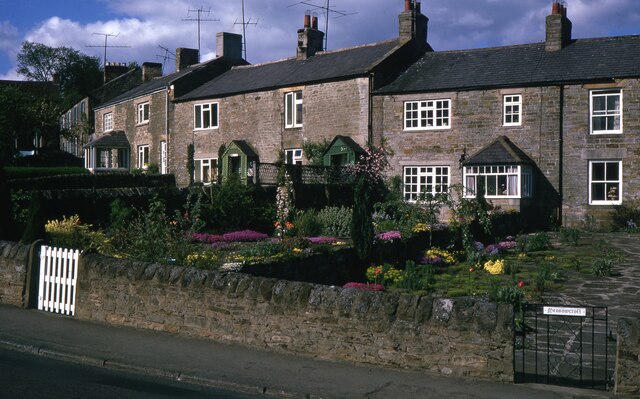Cooperhaugh Wood
Wood, Forest in Northumberland
England
Cooperhaugh Wood
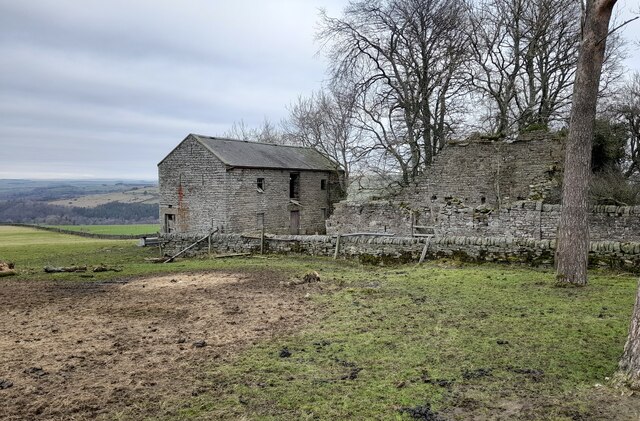
Cooperhaugh Wood is a stunning woodland located in Northumberland, England. Stretching over an area of approximately 100 acres, this enchanting forest is renowned for its natural beauty and diverse range of flora and fauna.
The wood is predominantly comprised of native broadleaf species, including oak, birch, and beech trees, which create a picturesque canopy that filters the sunlight and provides a tranquil atmosphere. The forest floor is carpeted with a variety of wildflowers and ferns, adding a splash of color to the landscape.
Cooperhaugh Wood is home to a rich and diverse ecosystem, attracting a wide array of wildlife. Visitors can often spot native species such as red squirrels, roe deer, and various species of birds, including woodpeckers and owls. The wood provides a sanctuary for these creatures, offering ample food sources and protective cover.
The forest also boasts several well-maintained walking trails, allowing visitors to explore its beauty at their own pace. These trails wind through the woods, offering glimpses of ancient stone walls, old moss-covered ruins, and babbling brooks that add to the woodland's mystical charm.
Cooperhaugh Wood is a popular destination for nature enthusiasts, hikers, and photographers who seek solace in its natural surroundings. The wood provides a peaceful retreat from the hustle and bustle of everyday life, inviting visitors to immerse themselves in the tranquility of nature.
Overall, Cooperhaugh Wood is a captivating woodland that showcases the beauty of Northumberland's natural landscape. With its diverse range of flora and fauna, well-maintained trails, and serene atmosphere, it is a must-visit destination for anyone seeking a peaceful retreat in nature.
If you have any feedback on the listing, please let us know in the comments section below.
Cooperhaugh Wood Images
Images are sourced within 2km of 54.911774/-2.2892036 or Grid Reference NY8157. Thanks to Geograph Open Source API. All images are credited.
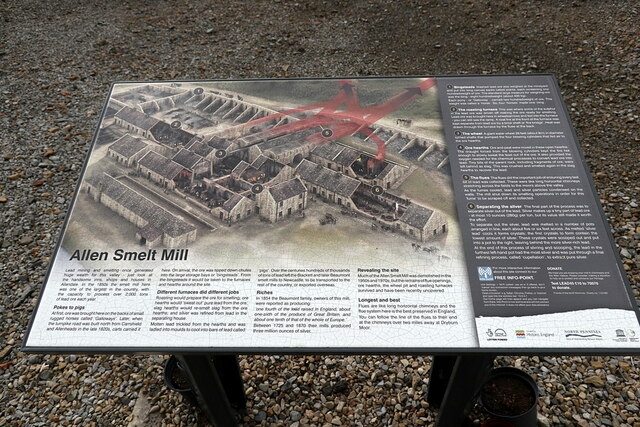
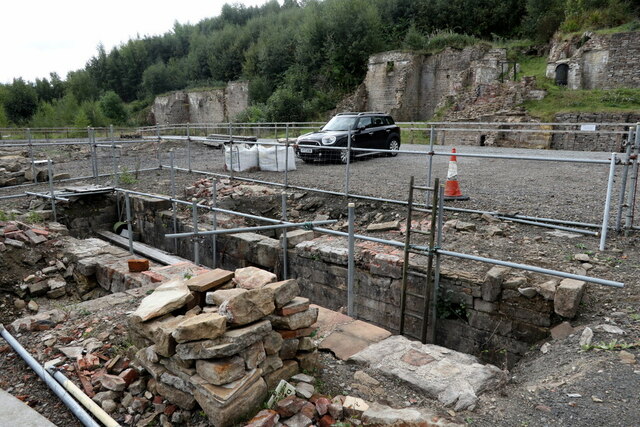
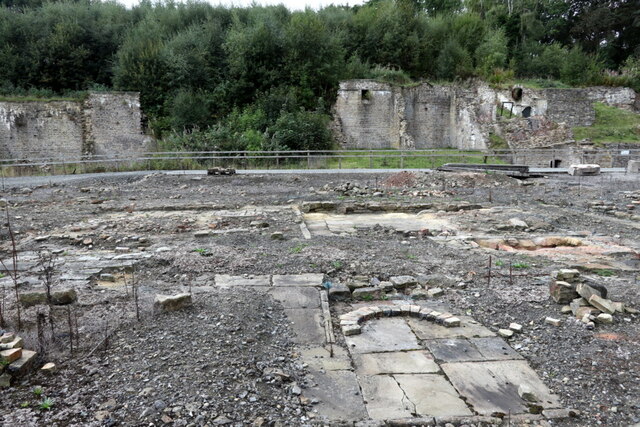
Cooperhaugh Wood is located at Grid Ref: NY8157 (Lat: 54.911774, Lng: -2.2892036)
Unitary Authority: Northumberland
Police Authority: Northumbria
What 3 Words
///justifies.thrusters.olive. Near Haydon Bridge, Northumberland
Nearby Locations
Related Wikis
Catton, Northumberland
Catton is a village in Northumberland, England. It is about 7 miles (11 km) to the southwest of Hexham and is located on the outskirts of Allendale �...
Allendale railway station
Allendale railway station was the terminus of the single track branch of the Hexham and Allendale Railway, in north east England. The line connected villages...
Allen Confluence Gravels
The Allen Confluence Gravels is the name given to a Site of Special Scientific Interest (SSSI) in Northumberland, England. The site, listed since 1968...
Staward Halt railway station
Staward Halt is a closed stone built railway station situated on a single track branch railway line in Northumberland, England, that ran from Allendale...
Nearby Amenities
Located within 500m of 54.911774,-2.2892036Have you been to Cooperhaugh Wood?
Leave your review of Cooperhaugh Wood below (or comments, questions and feedback).
